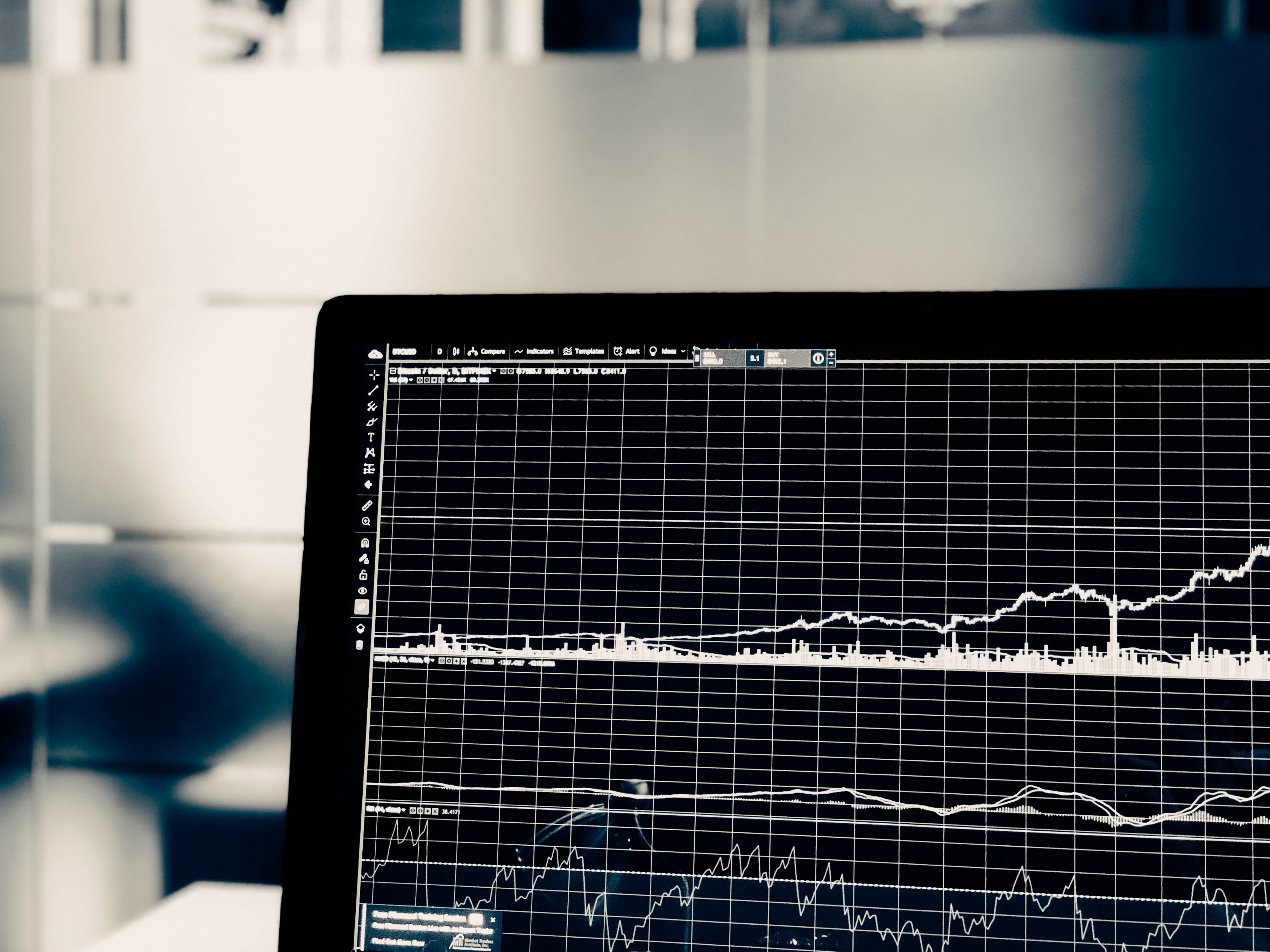 Algorithmic trading systems have numerous pros and cons for stock market traders. The benefits may outweigh the cons for investors and potentially provide the framework for steady portfolio growth. Certain aspects of automated trading remove the human element out of stock market trading and can eliminate loss of profit or loss of greater profits. Those who are interested in an automated trading system should continue to do research on all aspects of an automated trading system or platform. It is estimated that 3/4ths of all the shares traded on exchanges within the United States came from an automated trading system.
Algorithmic trading systems have numerous pros and cons for stock market traders. The benefits may outweigh the cons for investors and potentially provide the framework for steady portfolio growth. Certain aspects of automated trading remove the human element out of stock market trading and can eliminate loss of profit or loss of greater profits. Those who are interested in an automated trading system should continue to do research on all aspects of an automated trading system or platform. It is estimated that 3/4ths of all the shares traded on exchanges within the United States came from an automated trading system.
One crucial element associated with automated trading is the elimination of human errors when trades are placed with programmed entry and exit points. A specific stock involved within the automatic trade system would have an evaluated entry point with a moving average crossover or further complicated, algorithmic strategies. Further complicated strategies with the automatic entry and exits can be weighed based on the experience of the programmer’s code behind the automated trading platform. A complicated example of an automated entry point into a specific stock would be a long position on an individual stock after two separate day moving averages cross paths. Traders often choose to utilize their automated trading platform to program in their own indicators with the help of the programmer behind the automatic platform.
Another benefit behind and automated trading platform involves the entry speed when a sell or buy order is placed. A system with automatic entry or exit points programmed, as mentioned in the previous paragraph, could be placed within less than a couple of seconds. The latter, an order form filled out by a human, could take at least 10x the amount of time with the process it would take to type in all the information and verify its accuracy. An order placed by a human may have also been dwelled on and thought about before the form is even filled out. The entry or exit trade is placed without delay from reflection when an automated trading program sees that a trade should be executed based on technical analysis comparisons programmed into the algorithm.
There are a few drawbacks with an automated trading program and they mostly consist of equipment malfunctions or the required presence of a human to oversee the process. There is no truly automated process as any automation would first require an individual to program the specific entry and exit points or correlation of data sets to execute a trade. A human who monitors the automated trading system would be required in order to catch a mechanical failure or asses if there is an over-optimization associated with the system. Anomalies, although rare, can occur with an automated trading program and would also require a human to catch the error orders quick.
Monitoring an automated trading system will allow for a user to catch a physical failure with the mechanics or technology involved with the system. A mechanical failure with an automated trading system can be as simple as a lost internet connection. Lost connection to the internet can cause an exit trade to not be placed or an entry trade to not be executed. The chance of internet loss can be reduced with the preference of a hardline internet connection option, such as an Ethernet cable over a Wi-Fi connection. Wi-Fi routers have a higher percent chance of failures, such as a failure through Domain Name System (DNS) connection issues that require the Wi-Fi router to be reset. Other issues associated with the mechanical construction of an automated trading system involve power outages, operating system crashes, and system anomalies.
Too much optimization, or over-optimization, of an automated trading system may prove to work better in theory and turn out to be ineffective with real trades. An over-emphasis of employed techniques can provide an unreliable, inconsistent result that will require more fine-tuning based on past trade data. However, a large percentage of the time the perceived non-performance of an automated trading algorithm is associated with a temporary drop called “drawdown”. Drawdown is the value of the portfolio measured by the peak, or highest value increase, and the trough, or lowest valuation. The measurement of a drawdown can only be calculated when a portfolio decreases, due to volatility, below the initial portfolio value and returns at or above the start. Volatility is present in any portfolio and the decrease of individual securities could be confused for an ineffective algorithm.
Automated trading platforms and systems contain a multitude of benefits for traders to utilize and benefit from. Even though the requirement for monitoring of the automated system is still present, the automated system can reduce the overall workload for investors. Those who use an automated system will find entry and exit trades executed faster than a human can enter, trades placed at a calculated and ideal price point per share, and the elimination of human emotion associated with investments.
Curious about how you can make money investing in cannabis? Sign up for Cannin Free Access and subscribe to the Cannin Chronicle. We’ll keep you informed on all things cannabis and even help you determine which cannabis companies have the highest growth potential.

